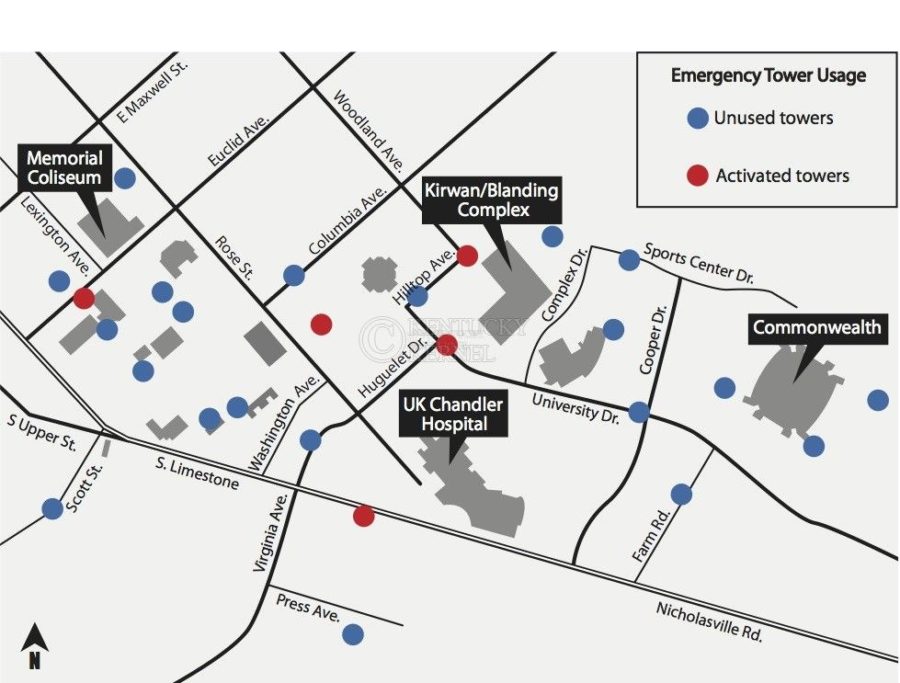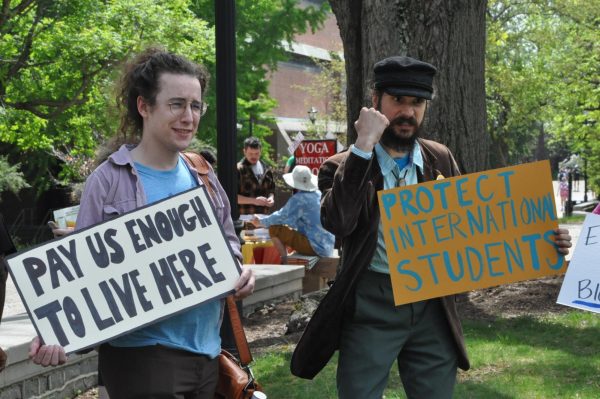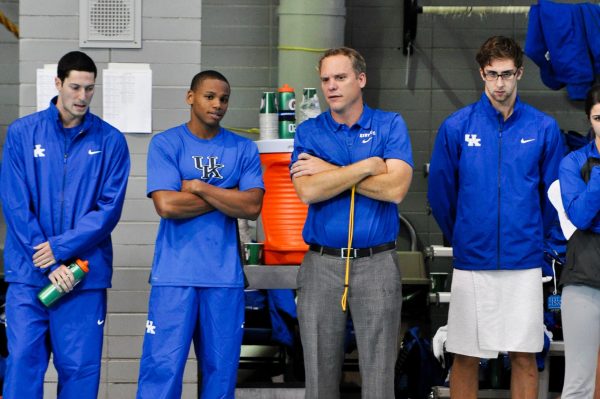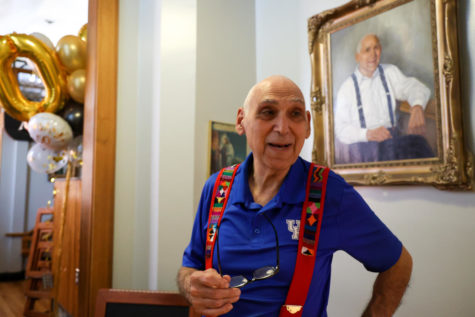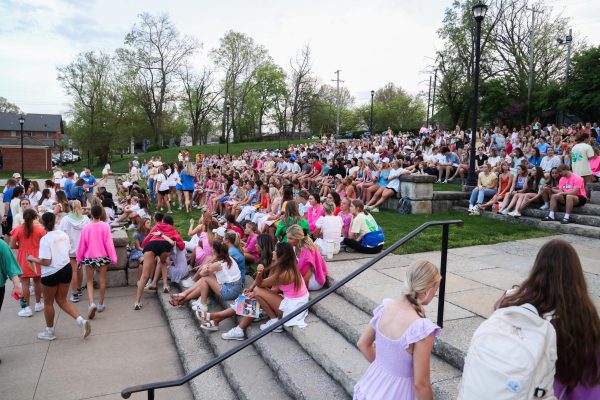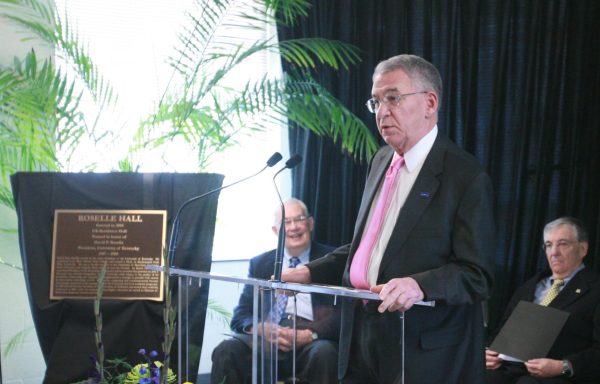Emergency towers used 5 times in 10 months
November 24, 2014
By Anne Halliwell
The 26 blue emergency notification towers placed around campus in 2013 have been used in five incidents in the last 10 months, according to incident reports supplied by the UK Office of Legal Counsel on Sept. 30 in response to open records requests.
The emergency towers were funded mainly by a federal grant, the Early Severe Weather Warning Project, which paid for $147,105 of the project, according to the Office of Legal Counsel. UK funded the remaining $36,776.25 of the total cost of the project.
One tower, originally located in K Lot, has been uninstalled and moved to accommodate the stadium renovation, according to the Office of Legal Counsel.
The incident reports from UK Police Department indicated that the earliest use of the towers, in November of 2013, occurred at parking structure eight on Transcript Ave. Another activation occurred near Kirwan I in January of 2014.
No specific information about the nature of the events surrounding the call was included in the incident reports.
Another incident report noted that an answer to a call in April 2014 from University and Huguelet Drives received no response from campus. No caller was visible to UKPD on the tower’s camera.
Later that month, a male caller from Donovan Hall used the emergency phone to tell the responders that he was trying to get to the hospital to receive treatment for seizures, according to another incident report, although he refused to let the answering UKPD member call emergency care on his behalf.
A fifth incident report from May indicates that a male caller with abdominal pain and a history of prostate issues called and medical help was notified.
Police Chief Joe Monroe said that the use of the towers goes beyond the calls made with the phones. The cameras on the towers, for example, have been used in more incidents, and UKPD also uses the towers to broadcast UK alerts, he said.
The towers are part of the UK alert system and broadcast the same messages that students receive via text, phone call and email, Monroe said, so that students who are outside and don’t have access to a phone or computer can remain informed.
“We’re able to get a wide area covered as part of our layered approach,” Monroe said.
The cameras on the towers contributed some of the images used in the investigation of the Sept. 28 incident involving four UK football players firing multiple airsoft guns, Monroe said.
“The broadcast notification piece and the camera piece are probably more broadly used than the phone itself,” Monroe said.
Monroe could not provide a number or estimate for the number of times the cameras were used in other incidents on campus.
Part of the installation costs involved extending the IT infrastructure, Monroe said, and building connections between the emergency towers and nearby buildings.
It is also difficult to assign a value to campus safety and security, Monroe said, and the feeling that students may have in knowing that they have access to the towers if needed.
“I think in the first year of this (UK alert system) we’re seeing benefits, but it might take another year or two to recoup all of the cost-benefits,” Monroe said.















































































































































